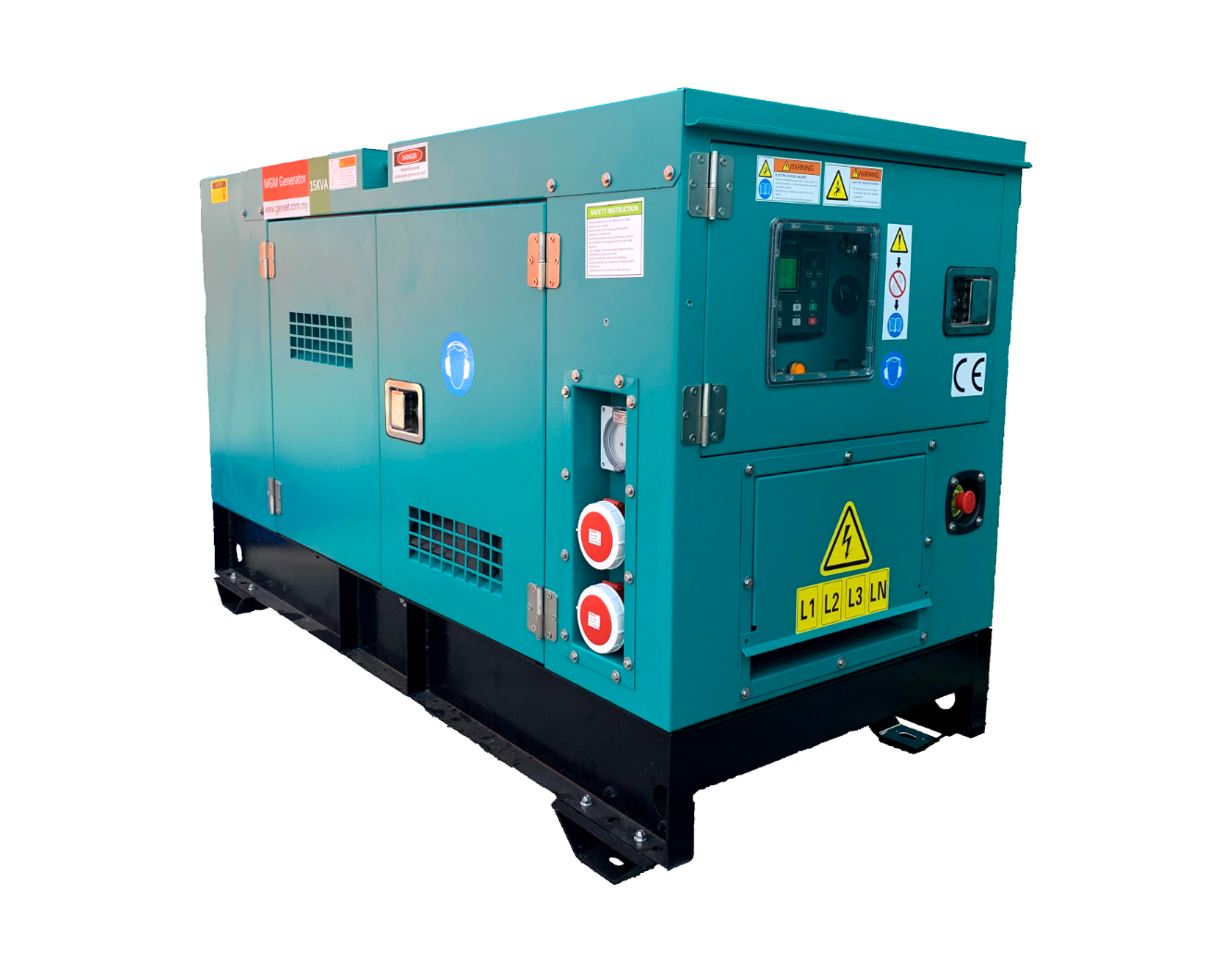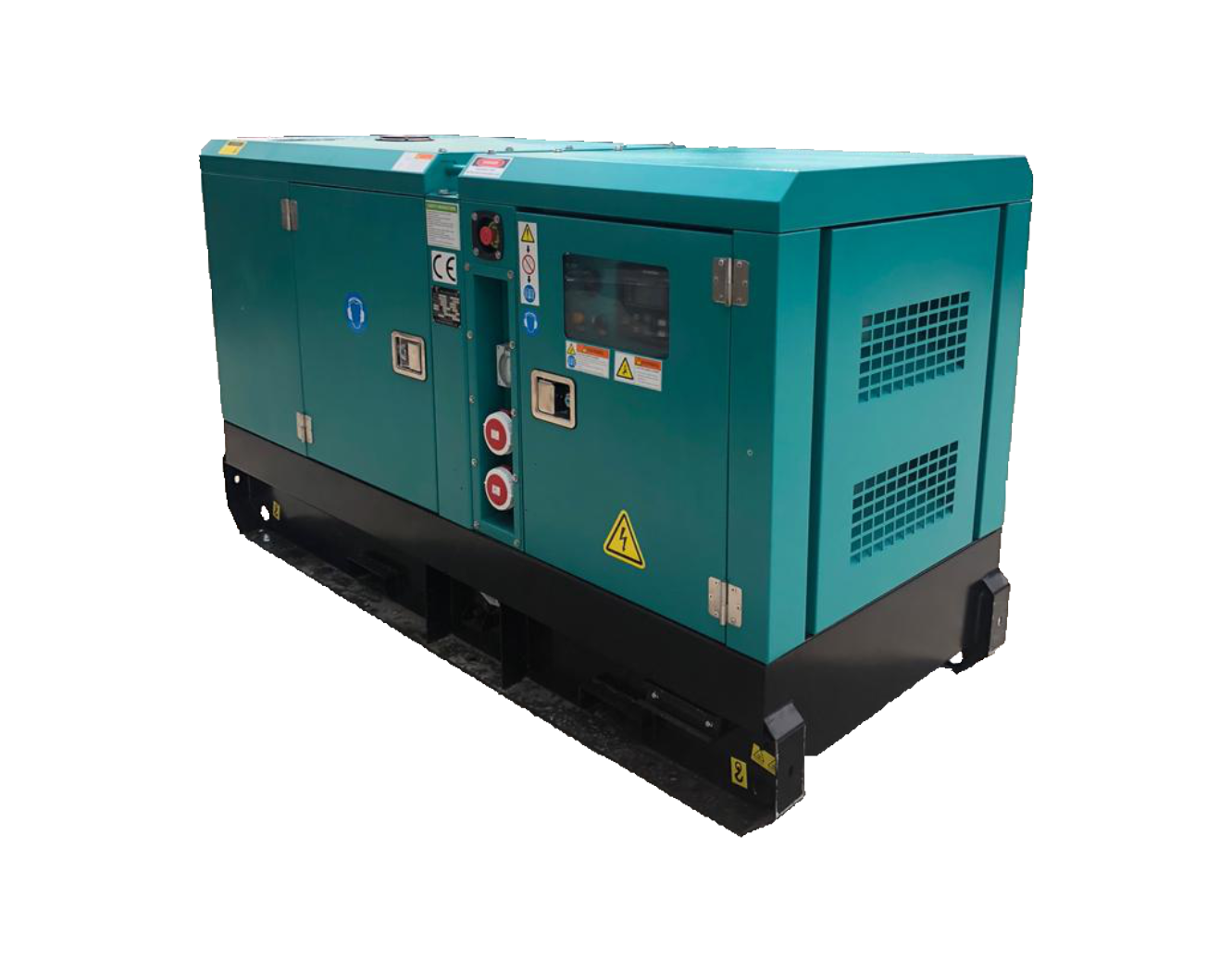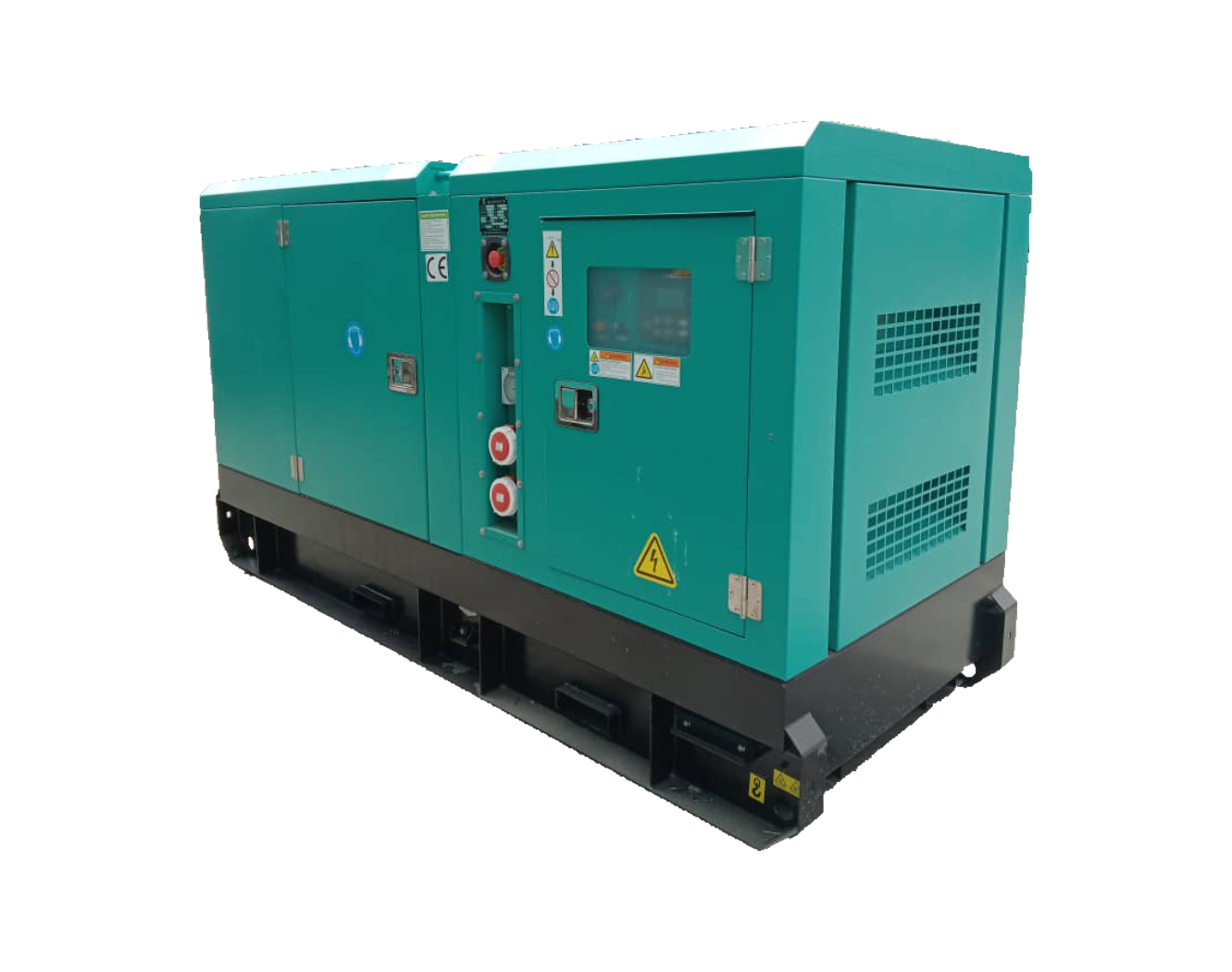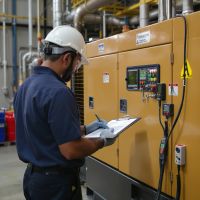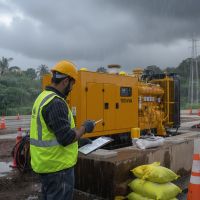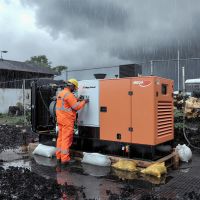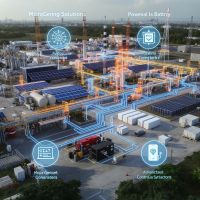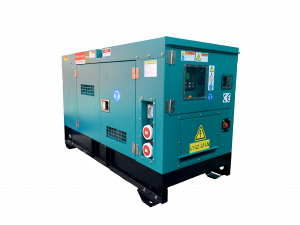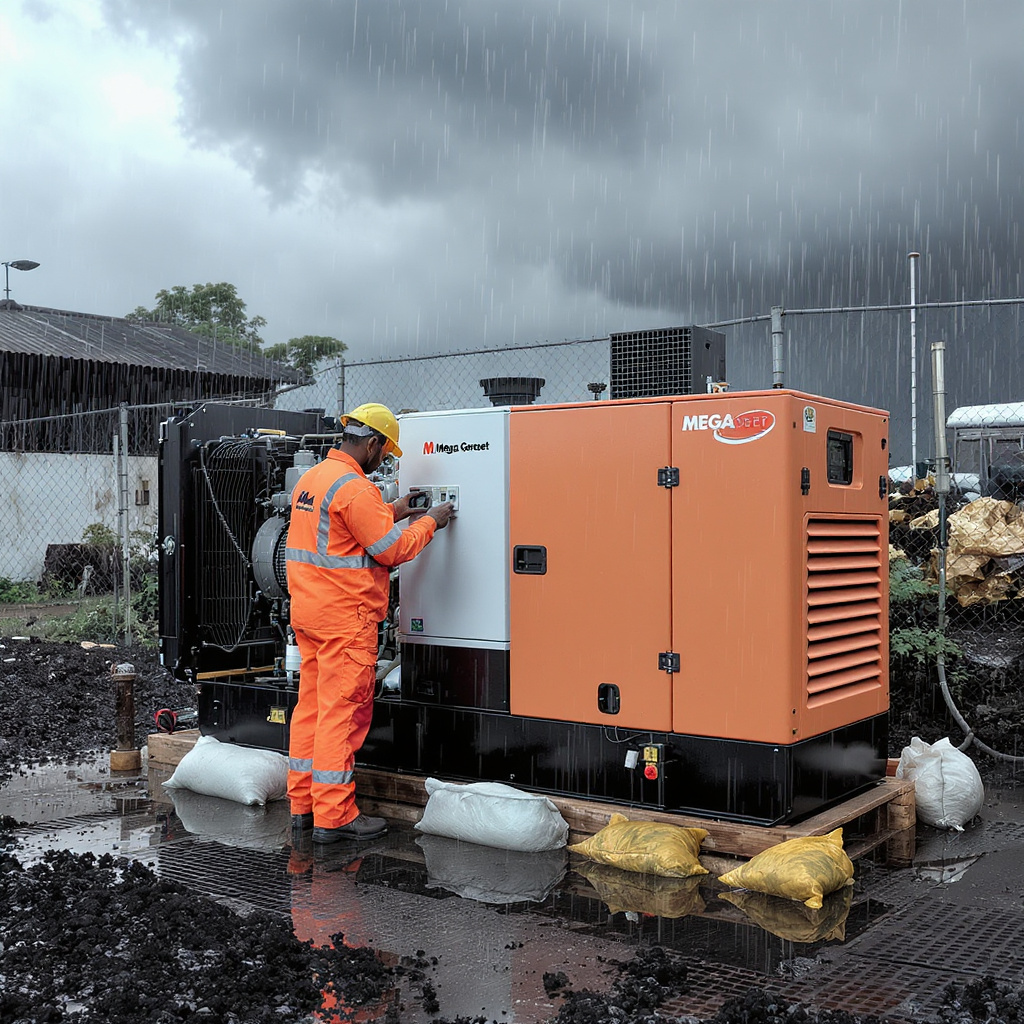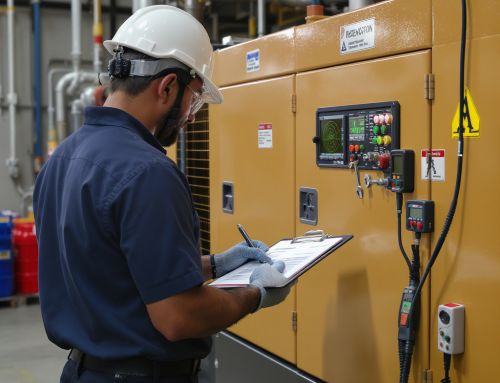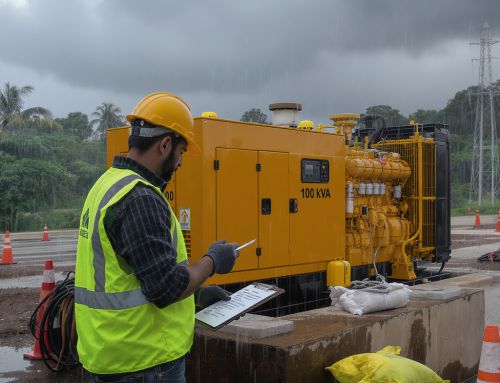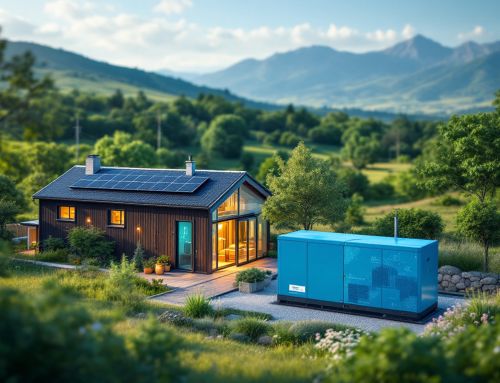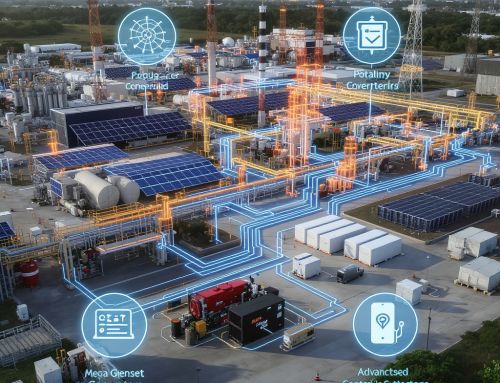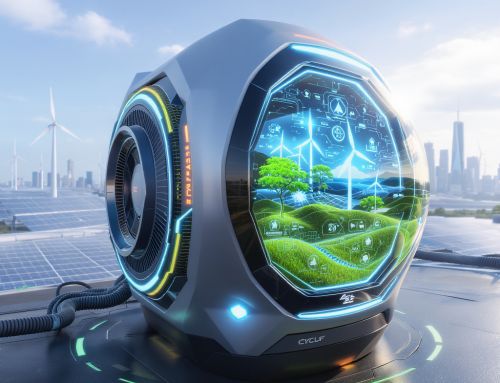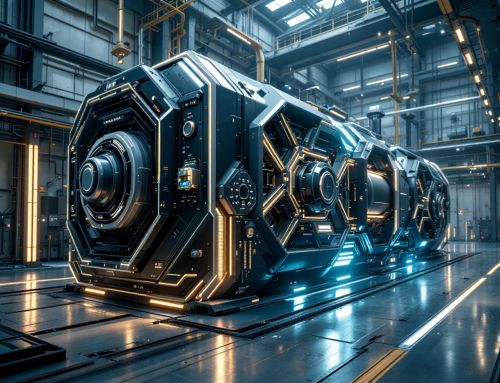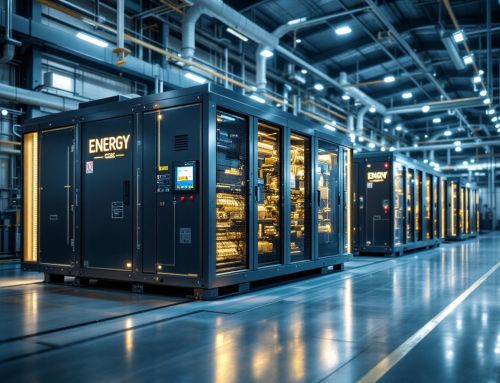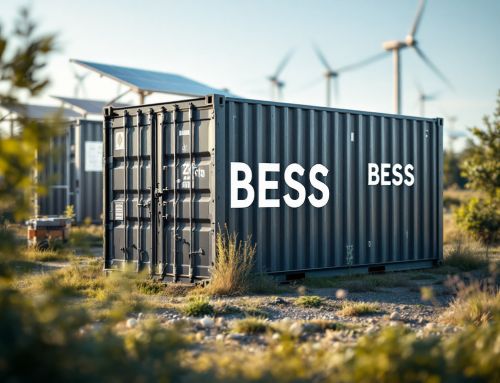How to Prepare Your Genset Before Monsoon & Storm Seasons in Malaysia: A Complete Checklist
Monsoon weather in Malaysia brings heavy rainfall, flash floods, lightning, and grid instability. For facilities that rely on continuous power—hospitals, data rooms, factories, retail, and high-rise residences—proper generator (genset) preparation is essential to maintain grid independence, protect critical loads, and safeguard people and assets. This practical guide covers what to check, fix, and upgrade so your genset delivers dependable emergency power when storms hit.
Above: A Mega Genset technician conducting pre-monsoon checks—fuel, oil, ATS test, cable elevation, and drainage.
1) Pre?Monsoon Mechanical Health Check
- Fluids and filters: Replace engine oil, oil filter, fuel filter, and air filter if due; top up coolant with the correct spec and test concentration.
- Belts, hoses, clamps: Inspect for cracking, glazing, or bulges; torque clamps; replace any suspect parts.
- Cooling system: Clean radiator fins and remove debris; verify fan operation and shrouds; ensure no obstructions to airflow.
- Exhaust system: Check for leaks, secure rain caps/hoods, and maintain safe clearance from walls or awnings.
- Vibration mounts and frame: Inspect isolators, skid bolts, and canopy fasteners; tighten to manufacturer specifications.
2) Location, Elevation, and Drainage
- Elevation: Confirm the genset plinth sits above known flood levels; add temporary sandbags or berms before severe weather.
- Drainage: Clear drains, scuppers, and surface channels to prevent standing water around the enclosure.
- Cable routing: Keep power and control cables above the flood line; use protective covers and drip loops to shed water.
- Ingress control: Inspect door seals, cable glands, and louvers for gaps; replace worn weatherstrips and add water shields where needed.
Infographic: Key elements of a storm?resilient installation, including plinth elevation, drainage, ATS labeling, and fuel spill containment.
3) Electrical & ATS Testing
- Automatic Transfer Switch (ATS): Perform a supervised transfer test from utility to generator and back. Confirm time delays and contactor operations are set per site requirements.
- Load test: Run the genset under actual site load or a load bank to confirm voltage, frequency, and stability under step loads.
- Grounding and bonding: Verify earth resistance meets standard and all bonds are intact; inspect surge protection and lightning protection systems.
- Controls and alarms: Test safety shutdowns, remote alarms, and SCADA/BMS integration for visibility during storms.
4) Fuel, Battery, and Optional Energy Storage
- Fuel quality: Top up with clean diesel, treat for microbes/water, and sample from the bottom of tanks. Ensure enough autonomy for extended outages.
- Battery health: Load-test starter batteries, check charger output, clean terminals, and replace batteries near end-of-life.
- Battery Energy Storage (BESS): If integrated, verify state-of-charge and coordination with the genset for optimal fuel savings and silent hours. Smart sequencing improves efficiency and reduces utility costs.
5) Weatherproofing & Acoustic Enclosure
- Canopy sealing: Inspect acoustic/weatherproof enclosures for corrosion, loose panels, and failed seals.
- Louvers and rain hoods: Confirm intake/exhaust louvers and hoods are intact; install temporary wind/rain screens if exposed.
- Condensation control: Add anti-condensation heaters where required and ensure adequate ventilation during long runs.
6) 72?Hour Storm Readiness Plan
- 24–48 hours prior: Complete top-up of fuel, DEF (if applicable), and coolant; stage spill kits, sandbags, and absorbents; back up monitoring configurations.
- Day of storm: Put the team on call; verify auto mode on generator and ATS; enable remote monitoring alerts; keep non-essential loads isolated.
- During operation: Log parameters (V/Hz/amps, coolant temp, oil pressure), check for leaks, and keep the enclosure clear of windblown debris.
- After the storm: Cool down properly, inspect for water ingress, change any contaminated filters, download event logs, and schedule a post-event service.
Is Your Genset Properly Sized?
Storms often expose undersized systems. For small factories, clinics, or retail, consider the dependable 60 kVA MGM Generator. For mid?size commercial sites, the 100 kVA MGM Generator (Mark 12) offers robust performance with room for growth. Our engineers can help you balance starting currents, harmonics, and future load expansion for true energy resilience.
Why Prepare Now?
Proper preparation enhances uptime, safety, and lifespan, while supporting sustainability goals. Smart generators and battery integration can reduce runtime, fuel burn, and noise—crucial for urban sites and CSR objectives. Whether your focus is emergency power solutions, innovative generator systems, or long?term grid independence with renewable integration, preparation before monsoon season is the most cost?effective step you can take.
Get Help from Mega Genset
Need a pre?monsoon inspection, load test, or a turnkey upgrade? Contact Mega Genset for site assessments, maintenance plans, and storm?ready installations. Call us at +60129689816 or email genset@genset.com.my to schedule your service today.
Pro tip: Keep a laminated checklist in the canopy, and log every pre?start inspection. Consistency is the key to reliability when the weather turns.

